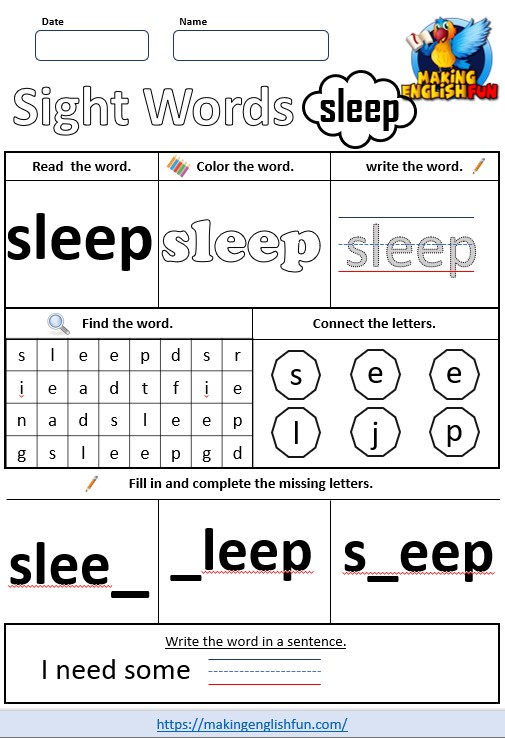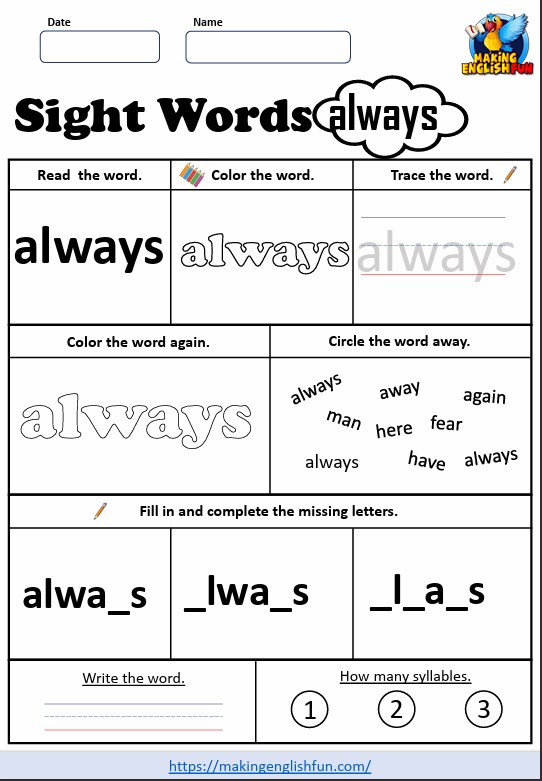Junior Science: Make a Floating Compass.
I remember seeing this on an old ( very old) English TV show called Why Don’t You, when i was a kid and running off to my mum sewing kit to try to take her needles. I tried to explain it to her that if ever we were lost i was learning how to save us. Luckily she let me get on with it and i set to work making a floating compass.
This little experiment is great for young learners. They really get into the spirit of being lost in the wild and having to get themselves home. I will go through the instructions here but also i have made a full pack of resources you can download for free i have put the link at the bottom of the page.

I set this up with a treasure hunt with directions around the school. and they can use their new compass to navigate their way to the treasure and it works really well, but first they have to make it and here and below is how they do that.
Equipment ( things you need)
- A map
- Compass
- tape
- magnet
- globe
- pin, needle or paper clip
- Water
- Card, or sponge

- First let us look at what is North. A long time ago, before we had phones, we had to use other things to help us find places and so we can know where we are and where are going. One of these things is a compass. . It looks like a clock, but it is not. You cannot tell the time from it but it can tell you North and South.

2. If you take a look at the globe can you tell me where the North Pole is and where is the South Pole? Which one is at the top, and which one is at the bottom? Well a compass is something that will always point at the North Pole. So if the compass points North can you find Hong Kong? What country is north of Hong Kong, and what country is South?
3. When we look at a compass we can see that even if we turn it around the red needle will always point to the North, this is because it is a magnet. This is a bit of metal that sticks to other metal things. Your teacher has some on the desk. But why does it point North? Well you have to think of the world as having a kind of big magnet inside it. It goes from North to South. .So the compass will always point to the top of the world. This is because it wants to stick to it.

Now, let’s see if we can make a compass.
Lets take a look at the picture first. This is what you want to make. You can see the compass in the water. It is pointing North
1. So first you need your pin and a magnet. Take the magnet and use the same end to stroke the pin all the way along. Take it off after each stroke. You are magnetizing the pin. This will help it find North.

2. When you have stroked it 50 times, stick the pin on your little piece of cork or card. You can use tape or blutak. You have a compass.
3. However, the magnet is not strong enough to move on the ground or in your hand so you have to put it somewhere it can move.
4. Take your bowl of water and gently and slowly put you cork in the middle of the bowl, make sure it doesn’t sink.
5. Wait for a little while and you will see the cork turn to take one direction, take a look at your friends to see if it is happening to them as well.
6. Ask your teacher or parent to bring their compass and put it next to your bowl. You will see both are pointing North! Congratulations, you have made a compass!!
7. Now take a closer look at your teachers compass, you can see it is just like yours, a needle floating in water!
Now you can download that ^ in a ready made worksheet and instructions on this link, if you want to do the treasure hunt i cant help you (I don’t know where you work!!) I can give you some tips and advice though.
- Use a large open space, and make the markers fairly large.
- Put at least 4 markers for them to find.
- Have written instructions so they have to read them out loud.
- try to keep it at just North, East, South and West, the compass works just fine but as you walk around it will disturb the water and simple directions are better.
- Make sure they know the points of the compass before starting!! if needed give them a paper copy to be sure.
- Have a little prize or some candy at the end just as a simple reward.
About the Author

Hi I’m Marc. A teacher of over 15 years, mostly English but dabbled in outdoor pursuits and media. Thought is was about time to sharing both what I have learnt during that time and the resources I have put together. On this site we aim to teach the theory and share our thoughts, but also go that one step further and give you access to the hard resources you need for your class or for you children. Feel free to take a look at our resources, email us on info@makingenglishfuncom.wpcomstaging.com, or jump on the Facebook group to ask questions. Happy learning, teaching or playing!






